What you need to know about the Port of Pecém

Have you ever heard of the Port of Pecem?
Located in Ceará, the port is a link in the Brazilian logistics chain, as it is one of the closest Brazilian ports to North America and Europe.
Considered the main logistical enterprise in the state, it has great potential to become an important logistical and industrial center for the northeast region of Brazil.
One of its main objectives is to make possible integrated port and industrial operations, in the best possible way, aiming the development of the Port Complex of Pecém.
In other words, it is an Industrial Port. Let's get to know more about it?
Geographical location of the Port of Pecem
The Port of Pecém is part of CIPP S/A (the Industrial and Port Complex of Pecém Development Company) and is located about 50km from Fortaleza, capital of the state.
Its region is known as the “corner of the Atlantic”, in the so-called Ponta do Pecém, between Caucaia and São Gonçalo do Amarante cities.
The project comprises an offshore-style port terminal, which handles mainly steel materials, fertilizers, bulk, and containers.
Accessing the port is possible along three main highways, namely:
• BR-222, which connects Fortaleza to the north of Ceará and the states of Piauí and Maranhão;
• BR-116, which connects Fortaleza to the southern region of Brazil; and
• CE-422, known as Via Portuária, which connects BR-222 to the complex's facilities.
In addition to these options, it is possible to use the rail access via the northern line of Transnordestina Logística, through a 22.5km long branch.
This branch runs parallel to CE-422 (Via Portuária) and crosses the entire industrial area of the complex.
Administration of the Port of Pecem and international partnership
The administration of the entire complex where the port is located is carried out by CIPP S/A, a company registered as a joint-stock company and linked to the Ceará Economic Development Secretariat.
In addition to the port terminal, the company is responsible for the adjacent industrial zone and the Export Processing Zone (ZPE) in the state.
Since 2018, the complex has been counting on the expertise and know-how of an international partner: the Port of Rotterdam, the main port in Europe, in order to manage the industrial and port areas.
This relationship, in addition to bringing experience to the port, helps the state to attract international investments in the entire infrastructure segment, as well as the installation of new industries in the region.
To materialize this exchange, a contract was signed in which the Port of Rotterdam acquired a 30% stake in the business and occupies positions on the Executive Board and the Supervisory Board.
The total amount of investments received from Rotterdam since 2018 by the Port of Pecem has already reached £75 million.
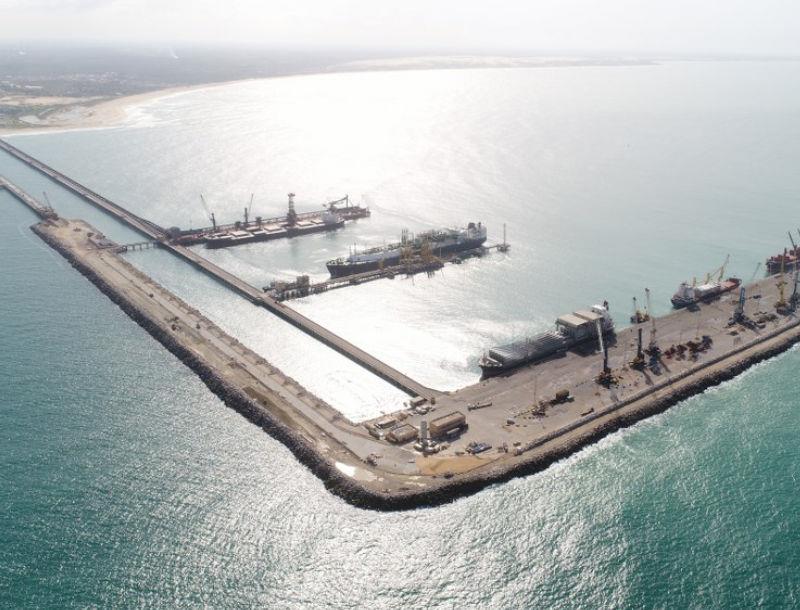
History of the Port of Pecem
The first infrastructure works carried out at where today is Port of Pecém site began in March 1995, mainly by Brazilian Navy ships that started the echobatimetric surveys off the coast of Ceará.
The objective was for the industrial and port complex to be able to support and meet the business demands of basic industries, for example, in the activities of steel, oil refining, and electricity generation.
Between July and December of the same year, the Industrial and Port Complex of Pecém was designed, as well as the first engineering projects.
Then, in May 1996, the infrastructure works for the port terminal began, which were completed in milestones in 1998, 1999, 2000 and 2001.
Consequently, in June 2001, the Contract of Adhesion No. 091/2001 was signed by the Government of the State of Ceará and by the Ministry of Transport, and in November, commercial operations began.
Therefore, the official opening of the Port of Pecém took place in March 2002.

Port of Pecem's logistical and infrastructure information
As we have already seen, in the entire complex, in addition to the port, there is also an industrial area and a ZPE, destined to companies focused on exports.
The master plan divides this area into four sectors, namely:
• The first, for the thermoelectric plants and the Companhia Siderúrgica do Pecém (CSP);
• The second used for refinery and as a petrochemical complex;
• The industrial area; and
• The institutional area, services, and ZPE.
Currently, the complex already comprises 30 projects: 22 in operation and 8 in phase of implementation. Together, these companies represent investments of about R$28.5 billion and generate 50.8 thousand direct and indirect jobs.
As for the port, it has 3 piers, the first for solid bulk, liquid, and non-containerized general cargo. The second is for liquid bulk and the third (TMUT) for solid bulk and containerized and non-containerized general cargo.
These piers are connected to the mainland by a bridge that connects them to the storage yard.
In addition, as we are talking about an “Offshore” terminal, they are protected from the action of waves and maritime currents by an L-shaped breakwater, almost 3,000 meters long.
The storage of products to be exported or that are entering our country can be done in the yard or in covered warehouses.
The yard has an area of 380 thousand m² and was built to store flat sheets for the steel plant, while the warehouses are used for the spawning operations of containers.

Cargo handling at the Port of Pecém
The Port of Pecém is going through a year of breaking records in cargo handling.
In October 2021, the last month with available data, more than 2 million tons of cargo were handled, including imports and exports.
Among these, 1.4 million tons were landed, 68% more than the registered in October 2020, and 676,000 tons were shipped, 15% more compared to the same month of the previous year.
With this result, the terminal registered a movement of more than 18.1 million tons, between January and October 2021, and has already surpassed the registered in the entire year of 2019.
Out of these, just over 12 million tons were landed, 42% more than that registered between January and October 2020.
Finally, almost 6 million tons were shipped to other ports in Brazil and the world, 33% more than in the same period in 2020 (Ceará Government).
As for goods, 4.38 million tons were transported in containers, 3.93 million were mineral coal, and 3.79 million were iron ore.
Completing the Top 5 we also had iron and steel (3.11 million tons) and oil and its derivatives (1.93 million tons) (ANTAQ).
Conclusion
So, did you know all this stuff about this port that is so important for the northeast region and for the whole country?
Did you know that it has an important and strategic partnership with the most important port in Europe? And that the port has set records for cargo handling?
If you have any more information to add, let us know in the comments! Let's continue this conversation!
Veja Também
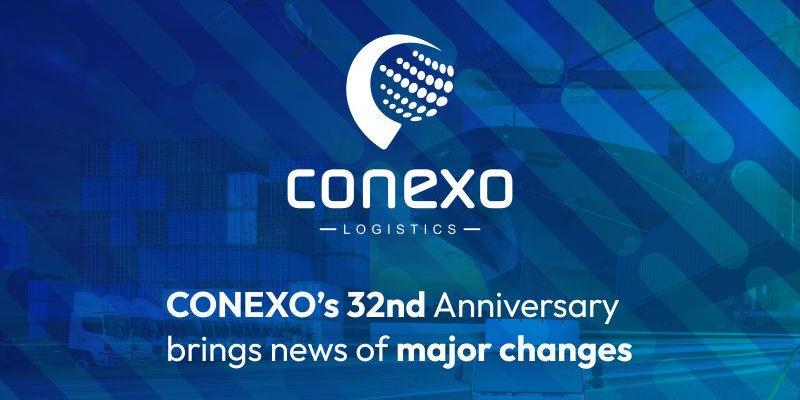 CONEXO’s 32nd Anniversary brings news of major changes
CONEXO’s 32nd Anniversary brings news of major changes
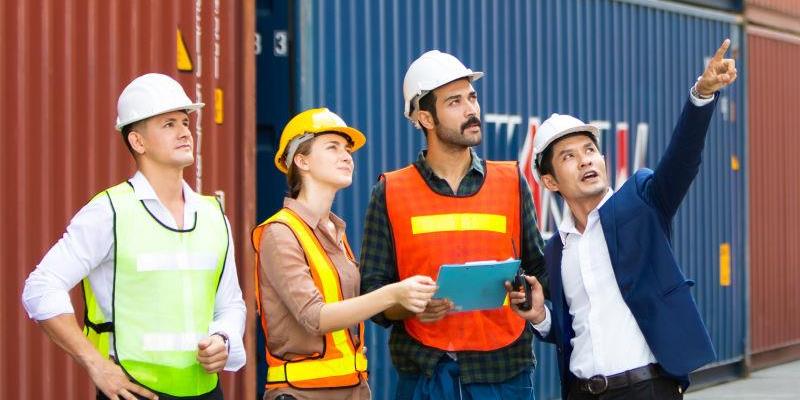 AEO Certificate: What is it, its importance, and its benefits
AEO Certificate: What is it, its importance, and its benefits
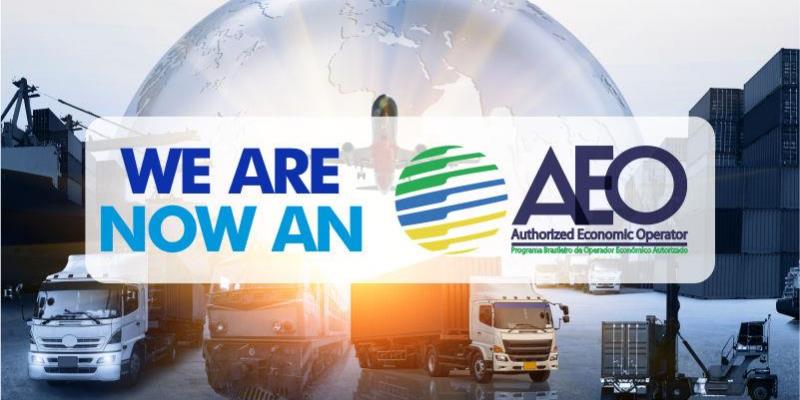 Conexo has been awarded AEO Accreditation
Conexo has been awarded AEO Accreditation
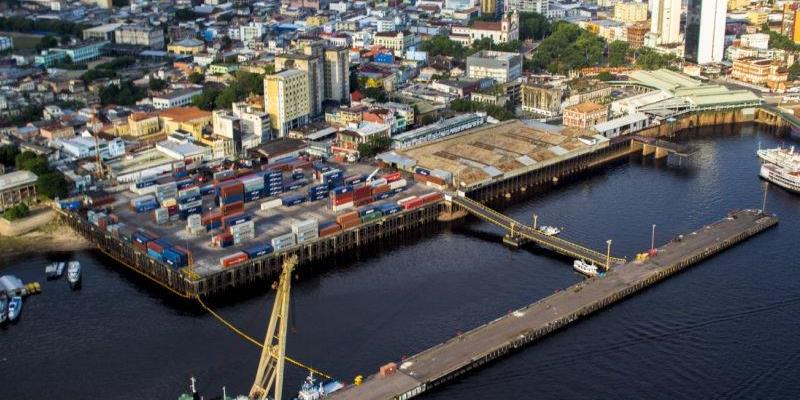 What you need to know about Port of Manaus
What you need to know about Port of Manaus
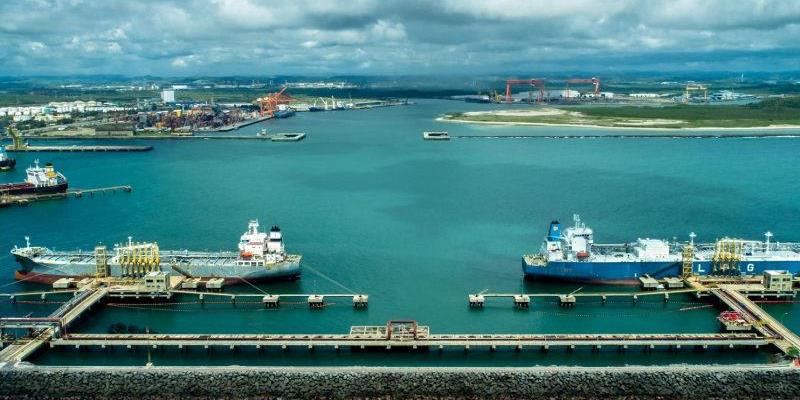 What you need to know about the Port of Suape
What you need to know about the Port of Suape
 What you need to know about Viracopos Airport
What you need to know about Viracopos Airport
